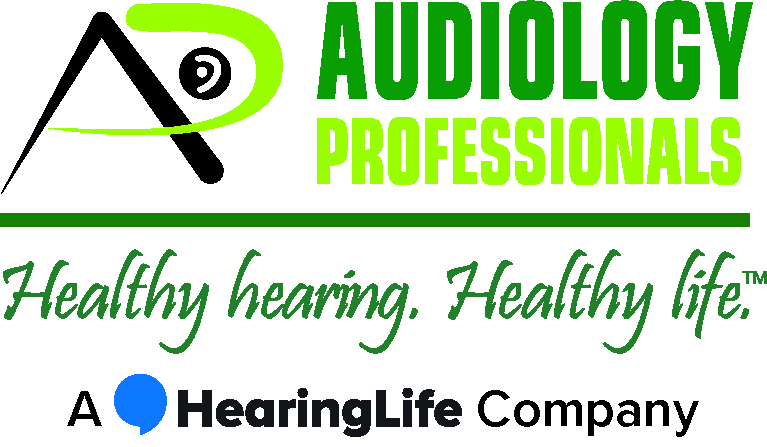Brief history of the hearing aid
Hearing aids are defined as electroacoustic devices that typically fit in or behind the wearer’s ear and are designed to amplify sound for the user. The early days of hearing aids included devices known as ear trumpets. These trumpets would amplify the sound going into the ear through a cone-shaped funnel. Because one end was large and open, it would gather the sound energy and direct it into the user’s ear canal.
As technology progressed from the 19th century, the movement toward modern hearing aids began with advances in the telephone. The very first electronic hearing aid was created in 1898. It was called the Akoulathon and was created by Miller Reese Hutchison. It worked by adding an electric signal to a weak sound, which would then amplify it and pass the signal to a receiver in the patient’s ear. Unfortunately, there aren’t any photos of this device that represent it factually.
During World War II, military technology helped advance the development of hearing aids even more. In the mid-1920s, the Acousticon’s Model 56 was one of the first portable units, though it was relatively heavy. In the ’60s and ’70s, huge advancements were made to hearing aids in the form of microprocessors and multi-channel amplitude compression. Microprocessors are what allowed the device to become as small as it is today. Amplitude compression allowed for the separation of the audio signal into frequency bands. With these frequency bands separated, one could adjust sounds to be louder when they were weak and quieter when they were too loud.
Today, hearing aids are nearly invisible thanks to all of this earlier research. The Oticon Company developed the first all-digital hearing aid in 1995, which could adjust itself depending on the environment without the need for a physical volume control. Now we have hearing aids that take advantage of Bluetooth technology and more.
